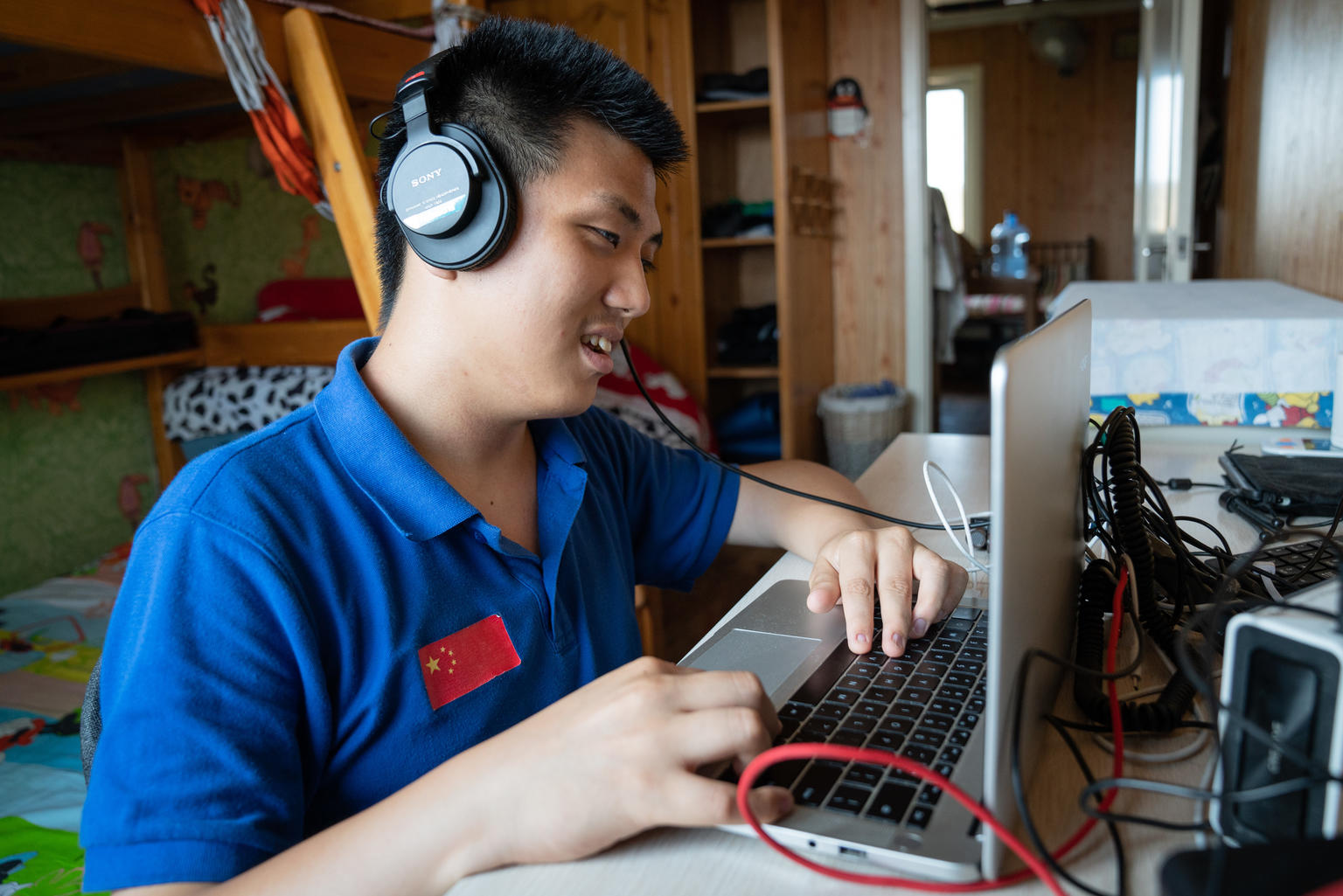2.5 billion people – that’s 1 in 3 of us – need some form of assistive technology (AT) such as wheelchairs, prostheses, hearing aids or digital support services.
AT supports transformative change in the lives of people with disabilities, enabling them to participate in and contribute to their communities on an equal basis with others, free from barriers.
But all too often, people with disabilities can’t access these vital supports.
In low- to middle-income countries, only 5-15% of people have the AT they need.
A shocking 85-95% of people with disabilities in these contexts are locked out of society and into an ongoing cycle of exclusion, poverty and inequity.
In contrast, in high-income countries like Australia, 90% of people with disabilities can access these essential supports.
We’re out to change that; to unlock the everyday, for everyone.

A boy with an artificial leg and his friend are posing with their bicycles.
In the recent Federal Budget, our government committed to a modest boost in funding for AT in the Pacific region, with a focus on screening and provision of supports for children in the region. This is a long-awaited lift, but more action is needed.
CBM Australia and our partners have called for Australia to make catalytic investments that would substantially lift the availability of AT and associated services across the region.
Watch and learn about the transformative change AT can have to the lives of people with disabilities.

What is Assistive Technology?
‘Assistive technology’ (AT) is an umbrella term that refers to ‘assistive products’ (also called assistive devices) and ‘assistive services’ that maintain or improve an individual’s functioning and independence.
Assistive products allow people with disabilities to perform an activity they would otherwise be unable to do or enables them to do so with more ease and safety.
AT is fundamental to promoting dignity and wellbeing and improving the livelihoods of people with disabilities.
By enabling people with disabilities to access the AT they need, they can participate in education, employment and social activities which has a significant impact on the individual, their family and communities, and reduces the need for formal health services and long-term care.
